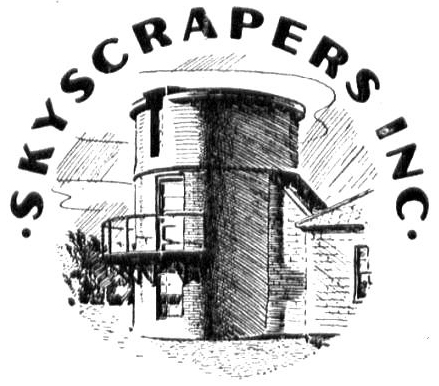
Skyscrapers Monthly Meeting
SKYSCRAPERS MARCH MEETING
In-person and via Zoom
Meeting &…
- North Scituate Community House RI
- 546 West Greenville Rd.
- North Scituate, RI
- United States
- Finished 3/1/2025, 10:30:00 PM
More Information
SKYSCRAPERS MARCH MEETING
In-person and via Zoom
Meeting & Speaker
Saturday, March 1, 2025, 5:30PM
at N. Scituate Community House
546 W. Greenville Rd., N. Scituate, RI
Skyscrapers, Inc. is inviting you to a scheduled Zoom meeting.
Topic: Skyscrapers Monthly Meeting
Time: Mar 1, 2025 04:30 PM Eastern Time (US and Canada)
Join Zoom Meeting
https://us06web.zoom.us/j/85857019855?pwd=dJRn74SNaFM6BFz6POUjasQvceCyjK.1
Meeting ID: 858 5701 9855
Passcode: 517290
Dr. Abhinav Jindal, Brown University
Comets: From Fiery Omens to Icy Worlds
For much of human history, comets have been viewed as harbingers of doom—celestial messengers foretelling disaster. But as our understanding of the universe has advanced, so too has our perception of these enigmatic objects. In this talk, we will journey through the history of cometary science, from ancient superstitions to modern spacecraft exploration. What are comets, and why are they so important for understanding the origins of our solar system?
I will discuss some of the biggest questions in cometary science and share insights from my own research on comet 67P/Churyumov-Gerasimenko, using data from the European Space Agency’s Rosetta mission to study how comets change over time. We will conclude with a look at the future of comet exploration, including upcoming sample return missions that could revolutionize our understanding of these icy relics from the early solar system.
Bio:
I am a planetary scientist and postdoctoral researcher at Brown University, where I study the processes that shape the surfaces of rocky and icy bodies in our solar system using remote sensing data. My current research primarily focuses on understanding the evolution of cometary surfaces using data from the European Space Agency’s Rosetta mission to comet 67P/Churyumov-Gerasimenko. Unlike previous missions that provided only brief snapshots of comet nuclei, Rosetta spent over two years orbiting 67P, allowing us to observe surface changes in unprecedented detail. However, many of these changes remain undetected due to the complexity of the dataset. We are working on developing tools to enhance the analysis of Rosetta’s vast imaging archive, as well as using thermophysical models to better understand how the sublimation of volatiles drives cometary surface evolution.
Ticket Required: No
Languages: English